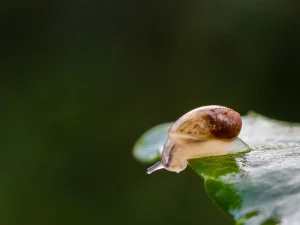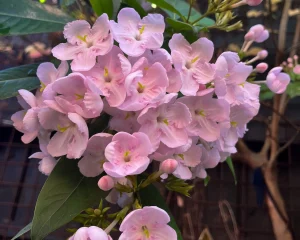Winter may be the quieter season in the garden, but it’s far from dormant, especially when thoughtfully designed, complete with winter show-stoppers. In fact, some of the most captivating and refined landscapes come to life in the cooler months, revealing layers of structure, texture, and colour that summer can’t always deliver.
We believe a truly exceptional garden is one that offers year-round interest and beauty. That’s why winter plays a crucial role in our design philosophy, both in the projects we create for clients and in our own gardens at home. We carefully select plants that not only thrive during the colder months but also often take centre stage.
From striking foliage to late blooms and sculptural forms, these are some of our favourite winter show-stoppers that bring subtle drama, elegance, and enduring charm, even on the frostiest mornings.
Helleborus orientalis
Helleborus orientalis, more commonly known as Lenten Rose, Hellebore and Winter Rose, is an evergreen perennial that forms in clumps and thrives in cool, shaded areas of the garden. It thrives beneath the sheltering canopy of shrubs and trees, where other plants may struggle to flourish. This beautiful plant is cherished for its enchanting, nodding blossoms, which boast a charming cup shape. Helleborus orientalis blooms during winter and early spring, offering a delightful burst of colour and joy.
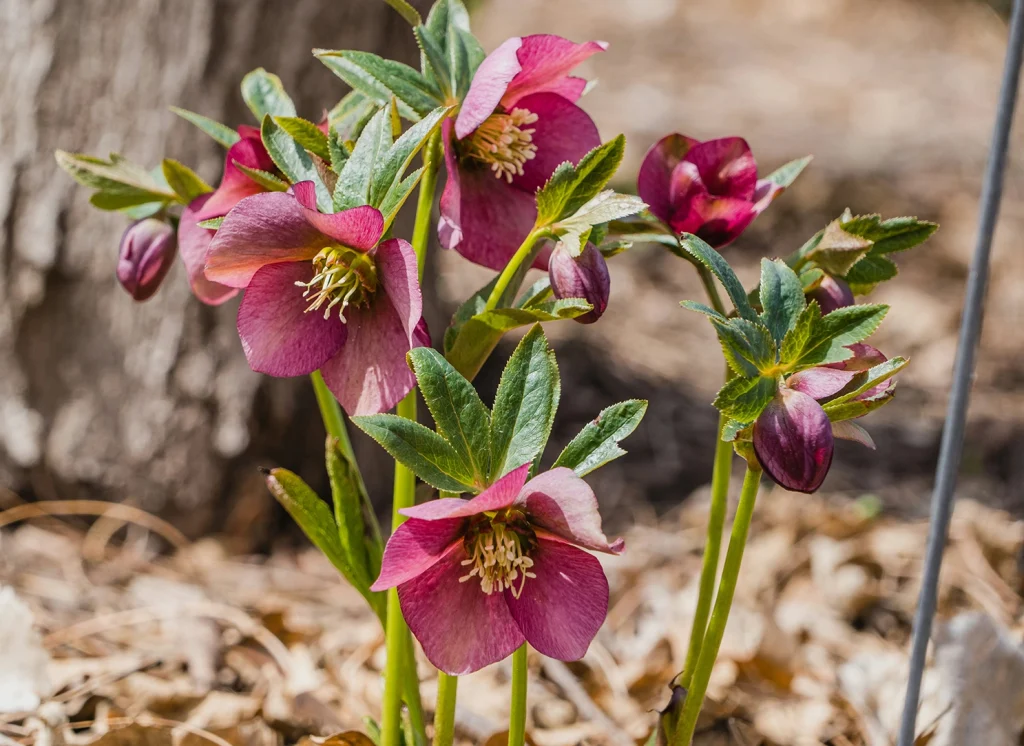
Image courtesy of Jeffrey Hamilton – Unsplash.
Miscanthus
Miscanthus is a striking ornamental grass that adds height, movement, and texture to Australian garden beds. With its feathery flower plumes and arching foliage, it thrives in full sun and is both drought-tolerant and low-maintenance. Though deciduous, Miscanthus grasses stand tall through winter, their dried plumes adding striking structure and seasonal interest to the garden.
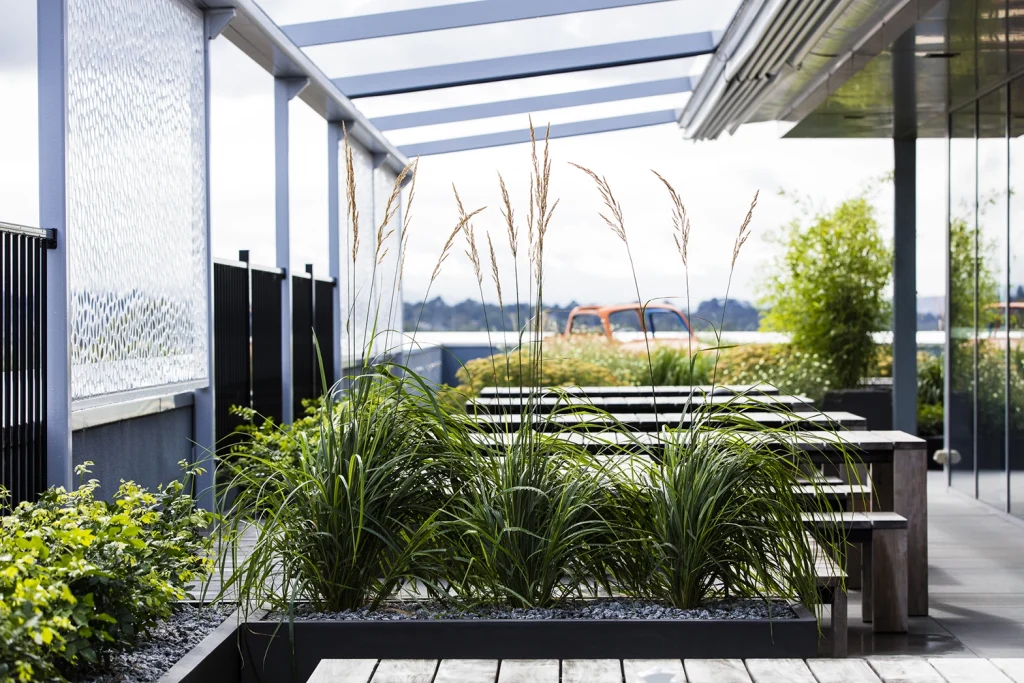
Luculia
Luculia is a winter-blooming shrub prized for its fragrant pink or white flowers and glossy green foliage. Flowering from late autumn into winter, it brings colour and a jasmine-like scent to sheltered, part-shaded gardens or patios. Ideal for subtropical designs, it thrives in well-drained soil and needs protection from frost and strong winds.
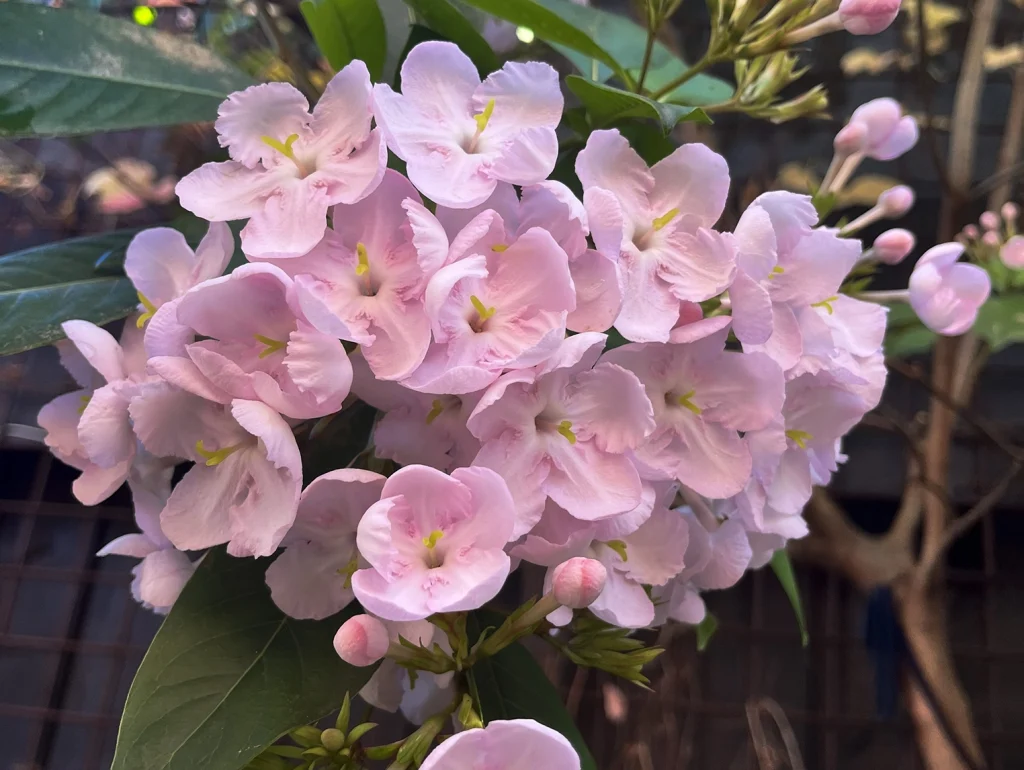
Prunus lusitanica
Prunus lusitanica, commonly known as Portuguese Laurel, is an evergreen shrub or small tree characterised by its glossy, leathery, dark green leaves and dark brown bark. It’s an excellent plant for hedges, screens and windbreaks. A low-maintenance plant, it is very hardy, tolerating cold, frost, and even harsh winds. Trim as needed, but minimal pruning will be required. Be mindful that humans and pets should not ingest the berries.
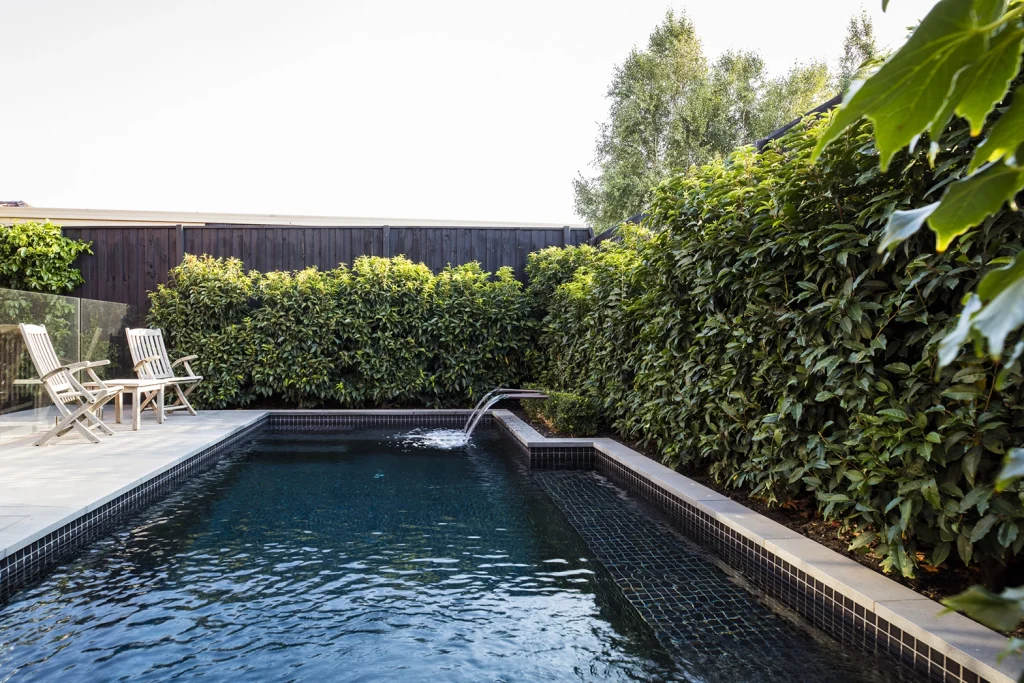
Magnolia liliiflora ‘Nigra’
Magnolia is a dense tree with a straight trunk and a pyramidal to rounded crown. The foliage is large and elliptical in shape, with a shiny, dark green colouring. Its texture is smooth and leathery, while the bottom of the leaf is brown with a felted feel. In winter, magnolia trees can offer a striking display, especially the deciduous varieties, which bloom on bare branches. They are bowl-like in shape and open in the morning before closing at night.
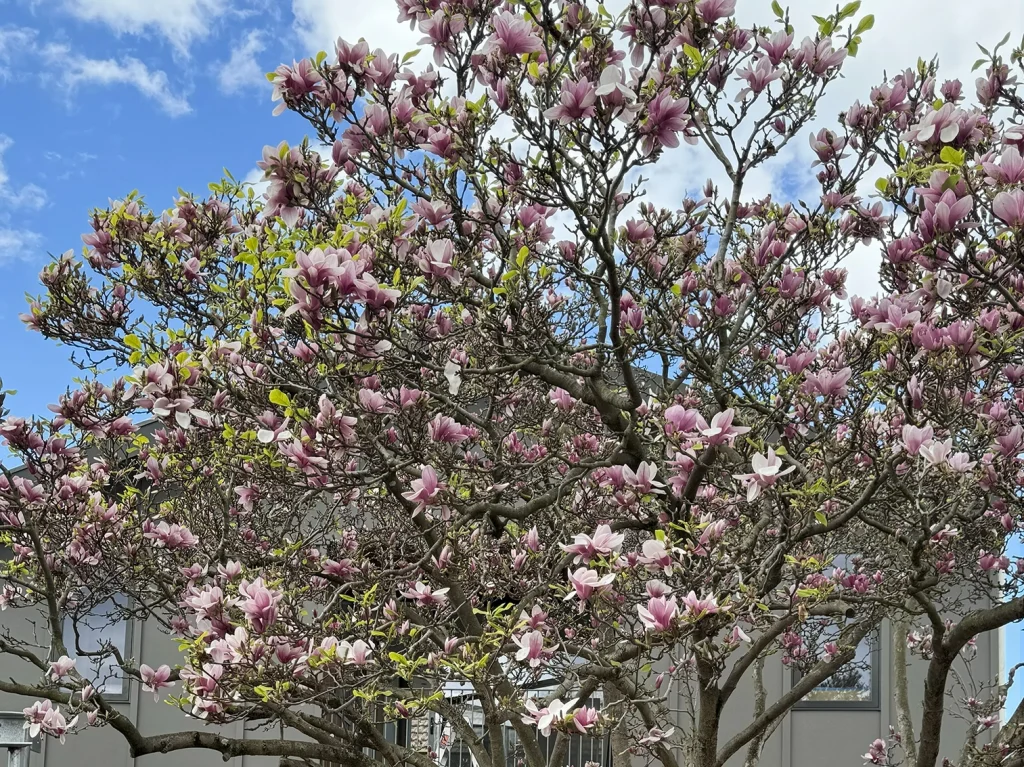
Rhaphiolepsis indica ‘Oriental Pearl’
Rhaphiolepsis indica ‘Oriental Pearl’, otherwise known as Indian Hawthorn, is a hardy and resilient low shrub, making it an incredibly versatile plant for garden landscaping. This compact, dense evergreen shrub typically grows to no more than 1 metre in height and width, with a naturally tidy growth habit that requires little pruning. It produces an abundance of striking white flowers with prominent pink stamens, blooming from early autumn through to late spring.
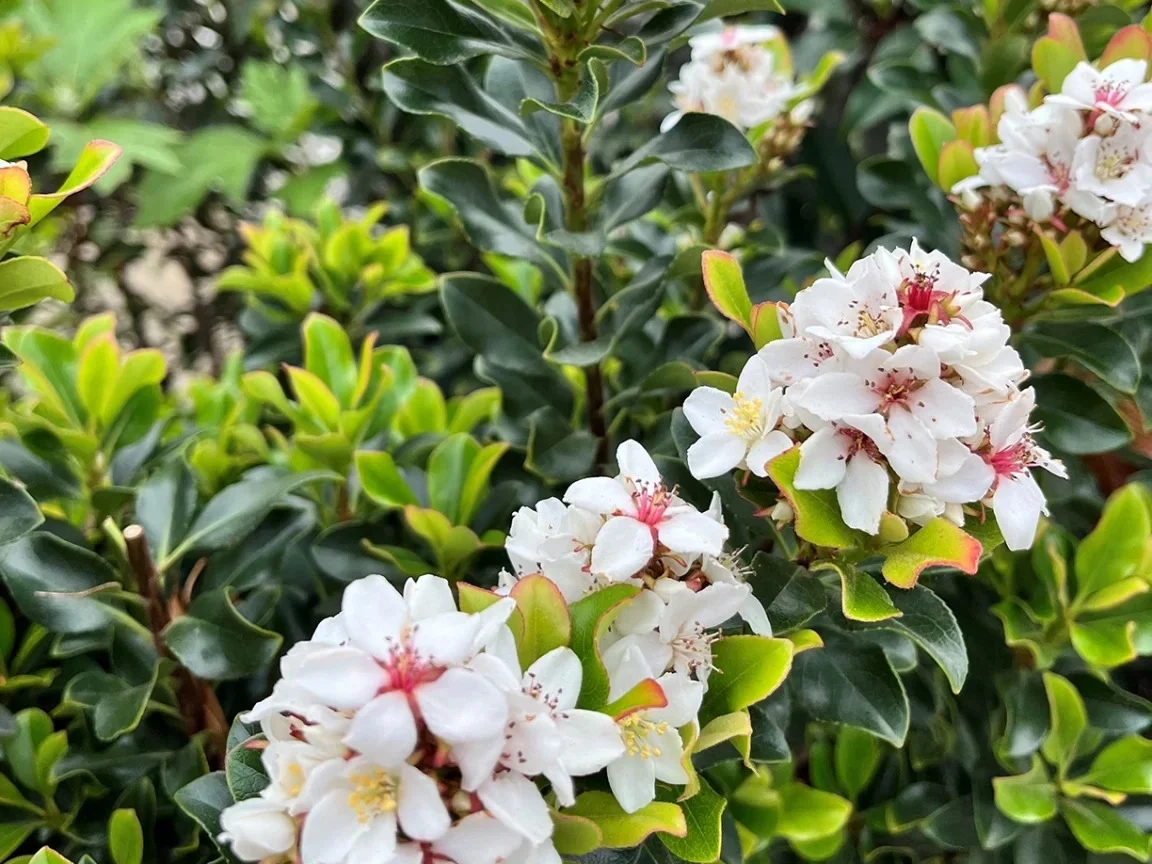
Looking to upgrade the planting in your garden? You may also be interested to learn more about shade-friendly plants.

